views
1. 🏛 Myth: Greek Gods Were the Ideal of Love
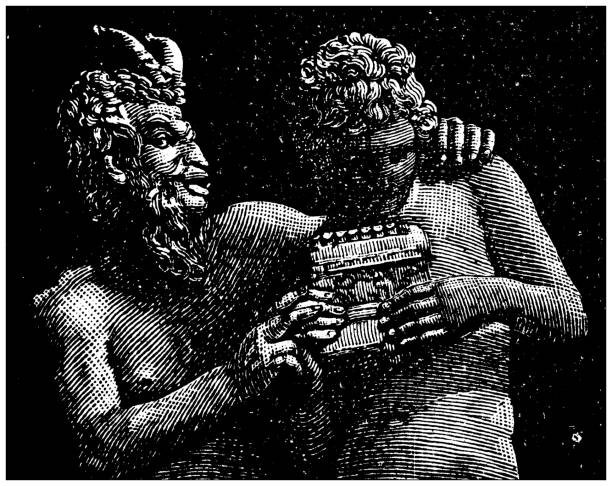
The truth: Ancient Greek myths are full of chaotic, morally messy tales of gods transforming, abducting, and seducing mortals — more cautionary tales than romantic ideals.
2. 🌕 Myth: Full Moons Boost Fertility
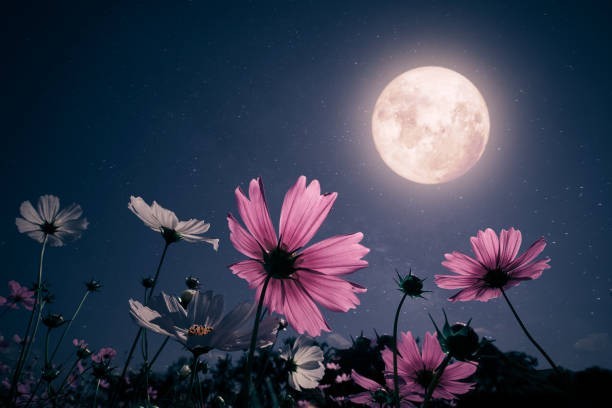
Many ancient cultures linked the moon to female fertility. While menstrual cycles and lunar cycles are similar in length, science shows there’s no direct effect from moonlight on fertility.
3. 🐍 Myth: Snake Symbolism Was Always Erotic
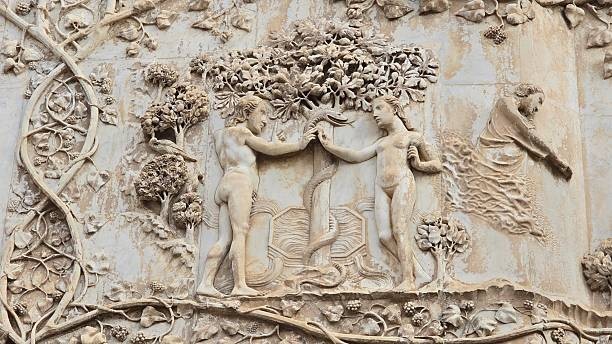
In ancient symbolism, snakes could represent fertility and rebirth — but they were also linked to wisdom, danger, or evil, depending on culture and context.
4. 🧿 Myth: Virginity Belts in the Middle Ages
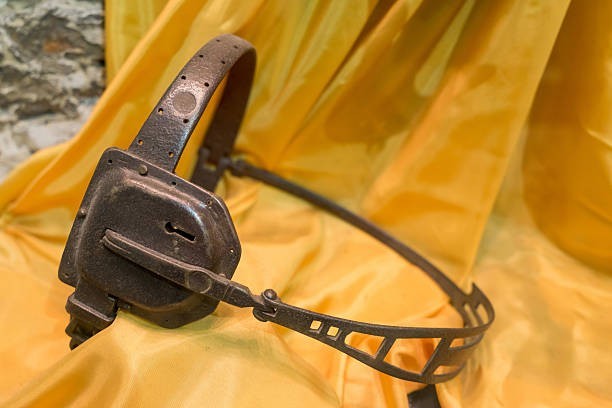
While popular in stories, most “chastity belts” displayed in museums today are fakes from later centuries. Historians say there’s little evidence they were widely used in medieval times.
5. 🍷 Myth: Wine Always Meant Wild Orgies
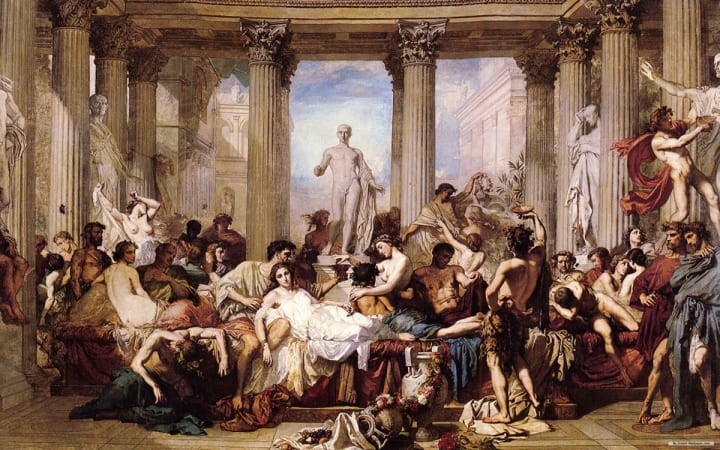
Ancient banquets sometimes mixed drinking with sensual entertainment, but many were social or religious gatherings, not endless orgies as later stereotypes suggest.
6. 🏺 Myth: Ancient Romans Had No Sexual Taboos
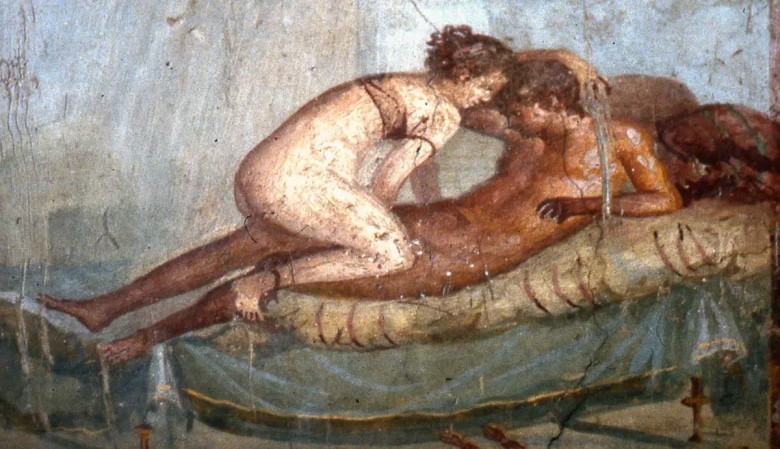
While Rome was famously open about sexuality in art, there were social rules and laws — certain acts were frowned upon, and status or gender played a big role in what was acceptable.
7. 🌿 Myth: Herbal Love Potions Were Magic
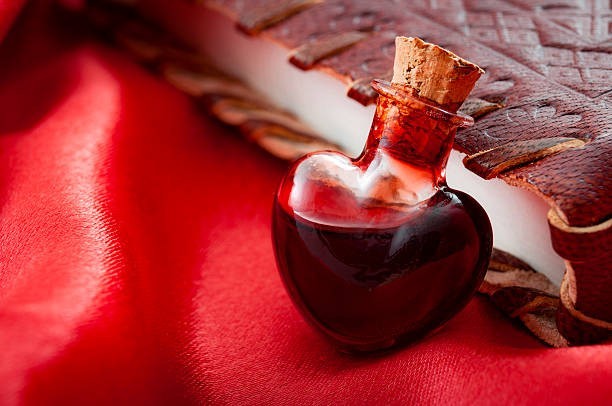
Ancient texts are filled with recipes claiming to spark desire. Some used real aphrodisiac herbs; others were symbolic or placebo — but people truly believed in their power.
8. 🧙♂️ Myth: Ancient Cultures Fully Understood Reproduction

Before modern science, many societies had only vague ideas about conception. Some believed women could conceive by sleeping near certain statues or drinking special waters.
9. 🔥 Myth: Sex Was Always Secret and Shameful
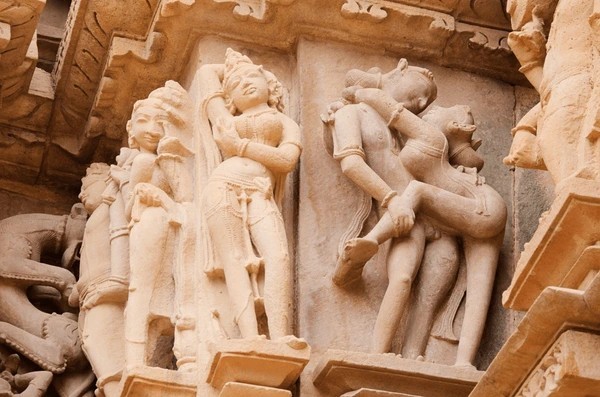
In some cultures, especially ancient Greece and parts of India, sex education and erotic art were part of daily life — while others, like medieval Europe, placed it behind closed doors.
10. 🎭 Myth: Erotic Art Meant Immorality

Ancient erotic carvings and paintings weren’t always meant to shock. Often, they served religious, protective, or educational purposes rather than being purely for pleasure.




















Comments
0 comment